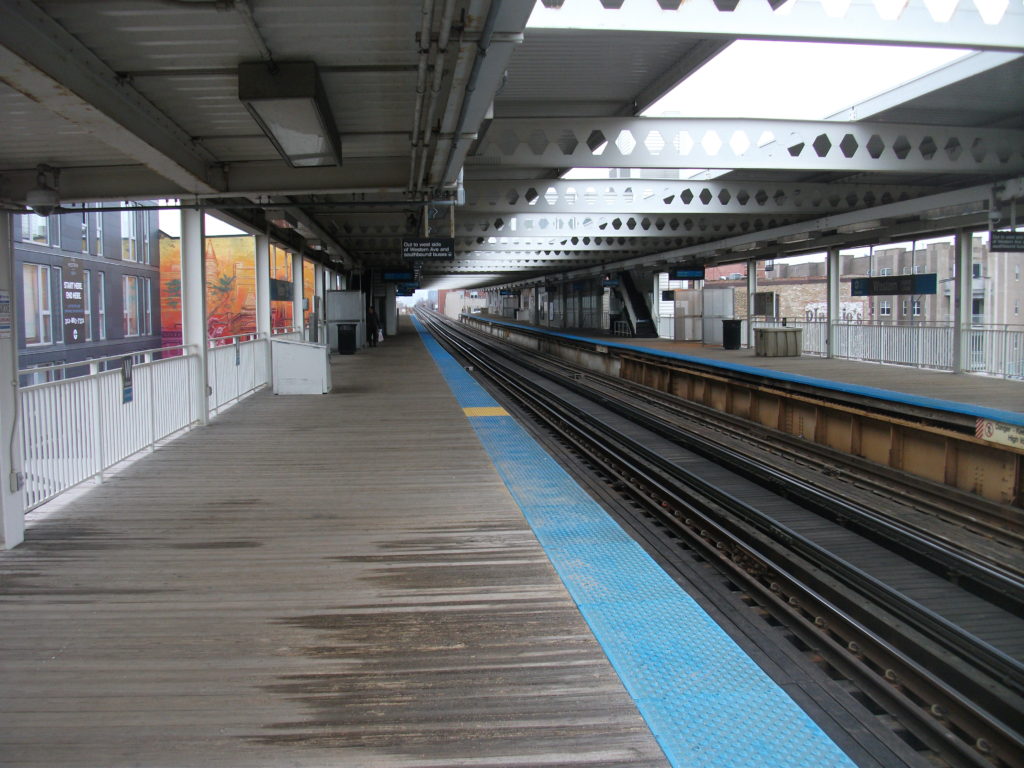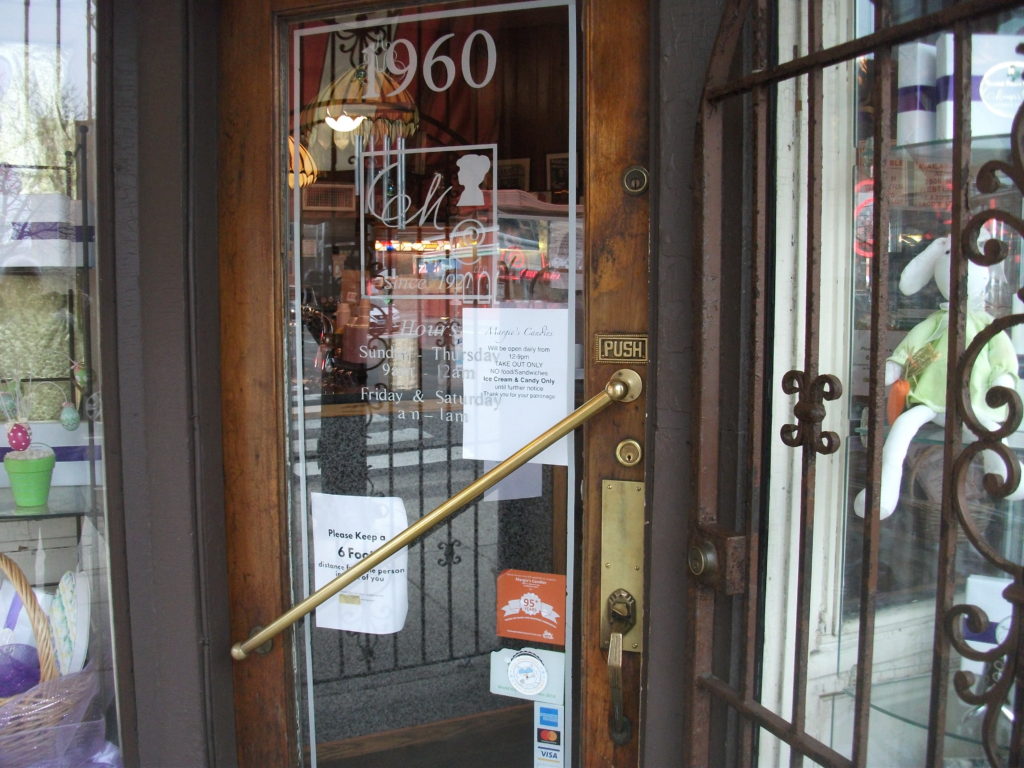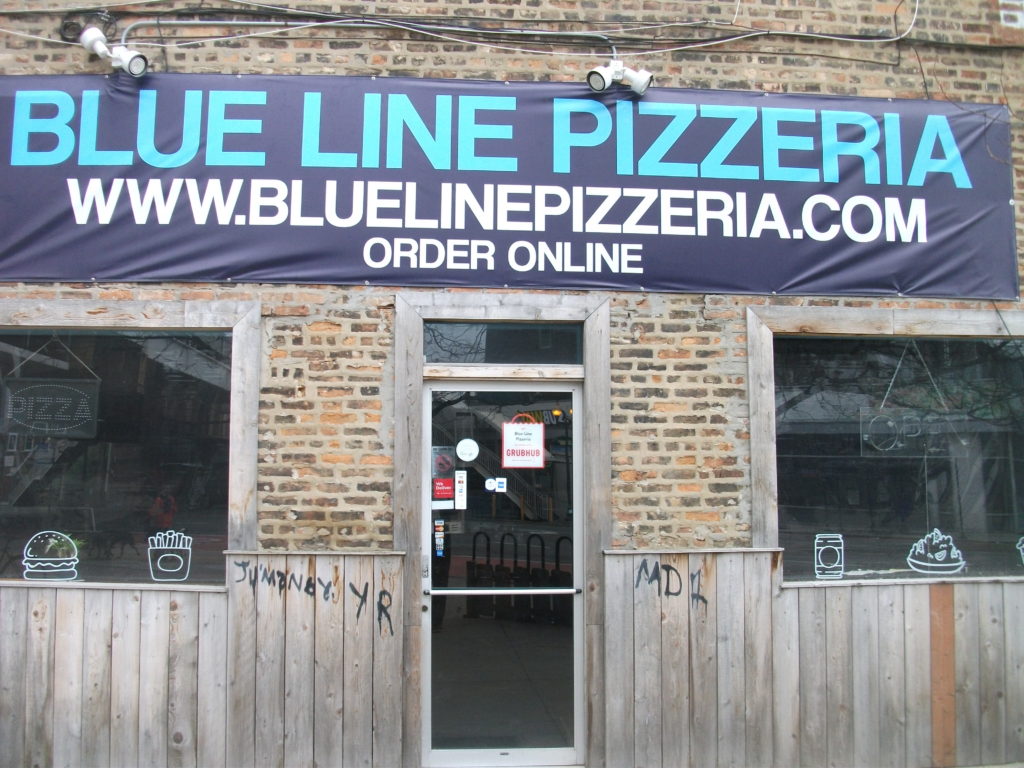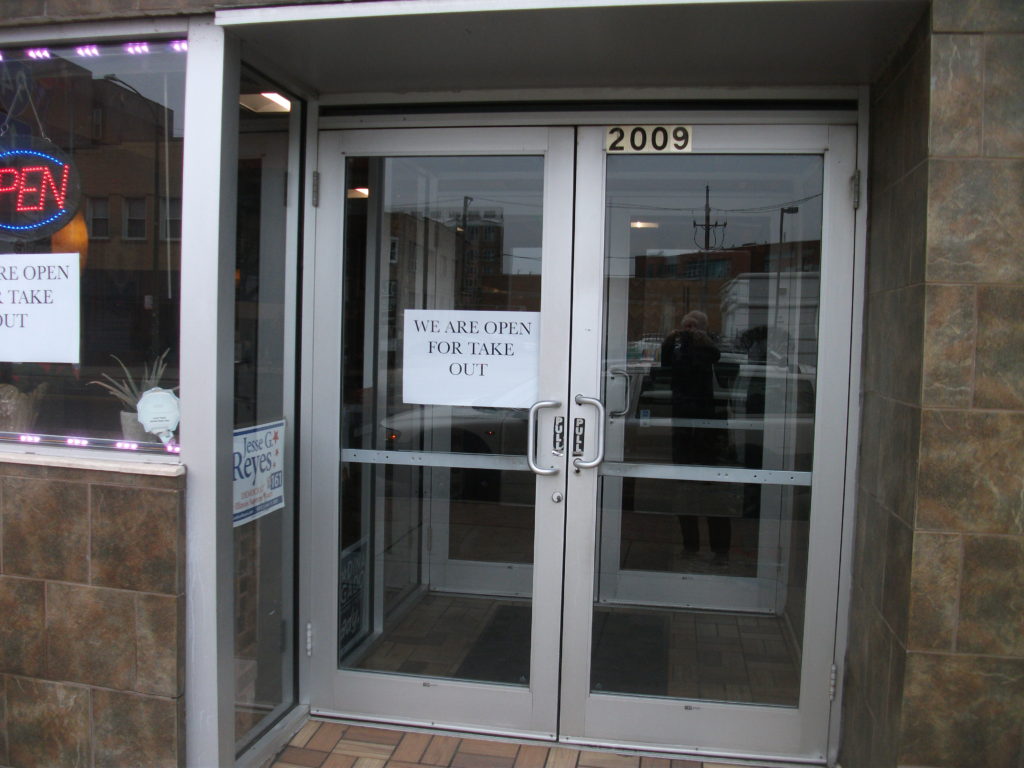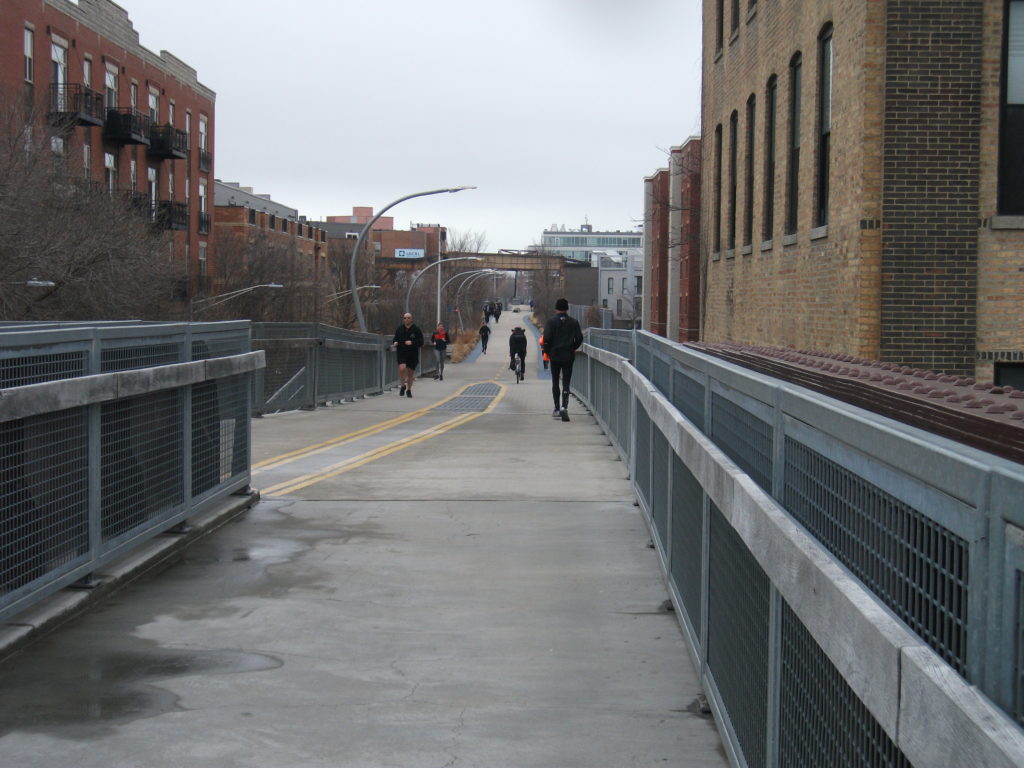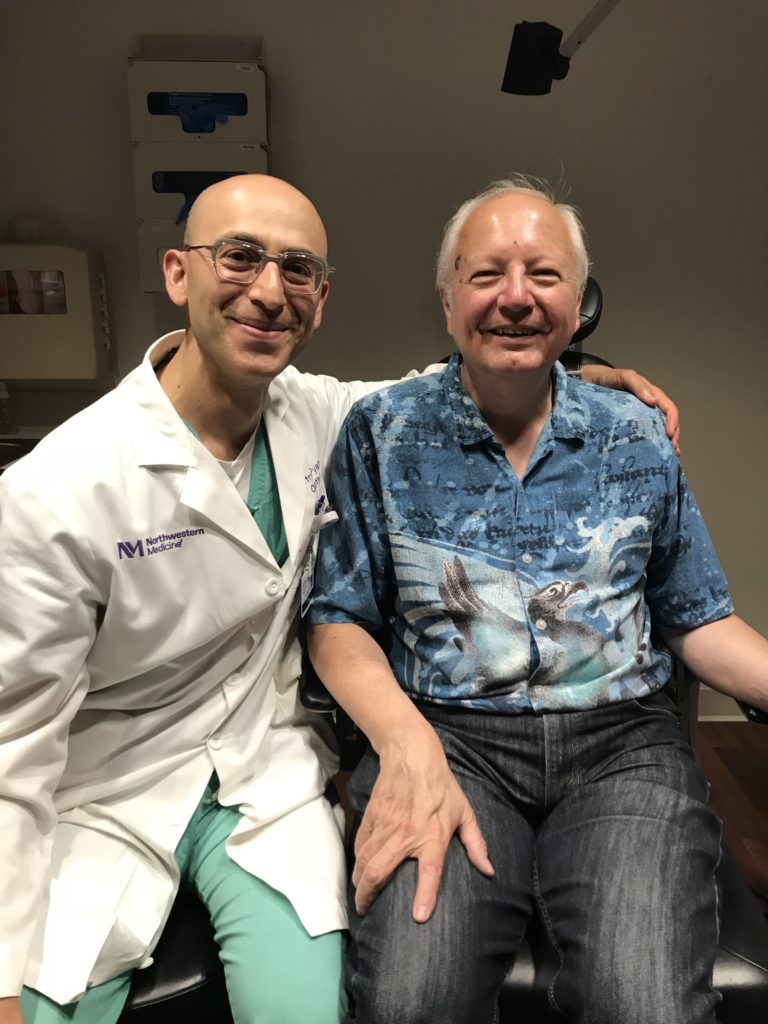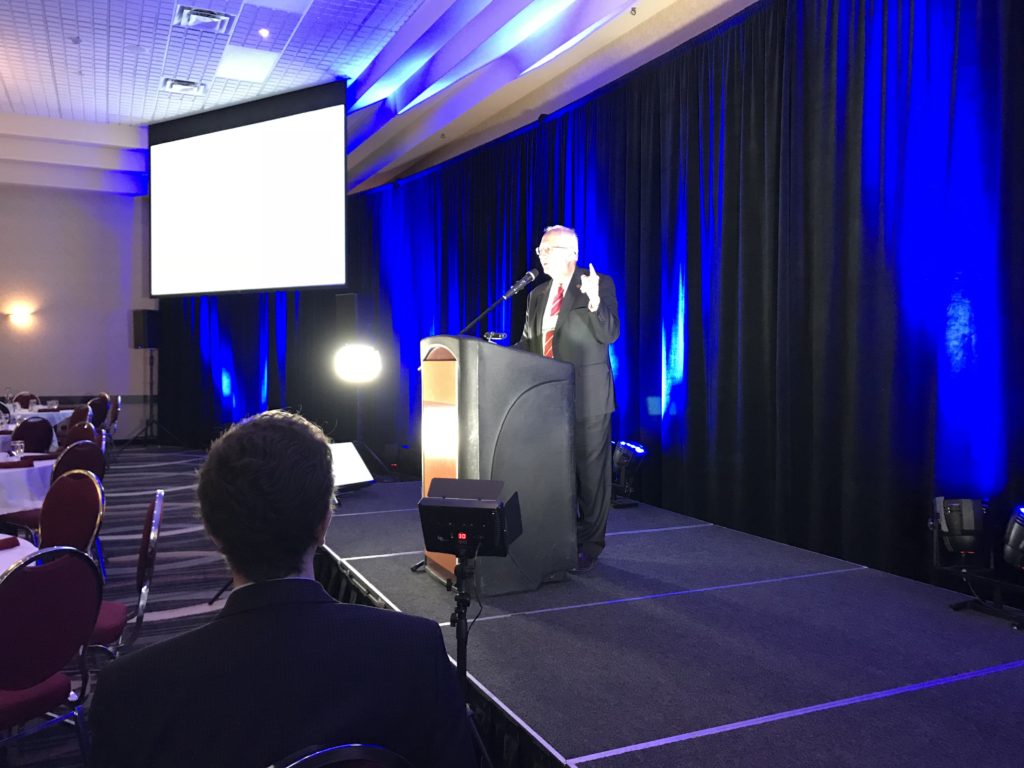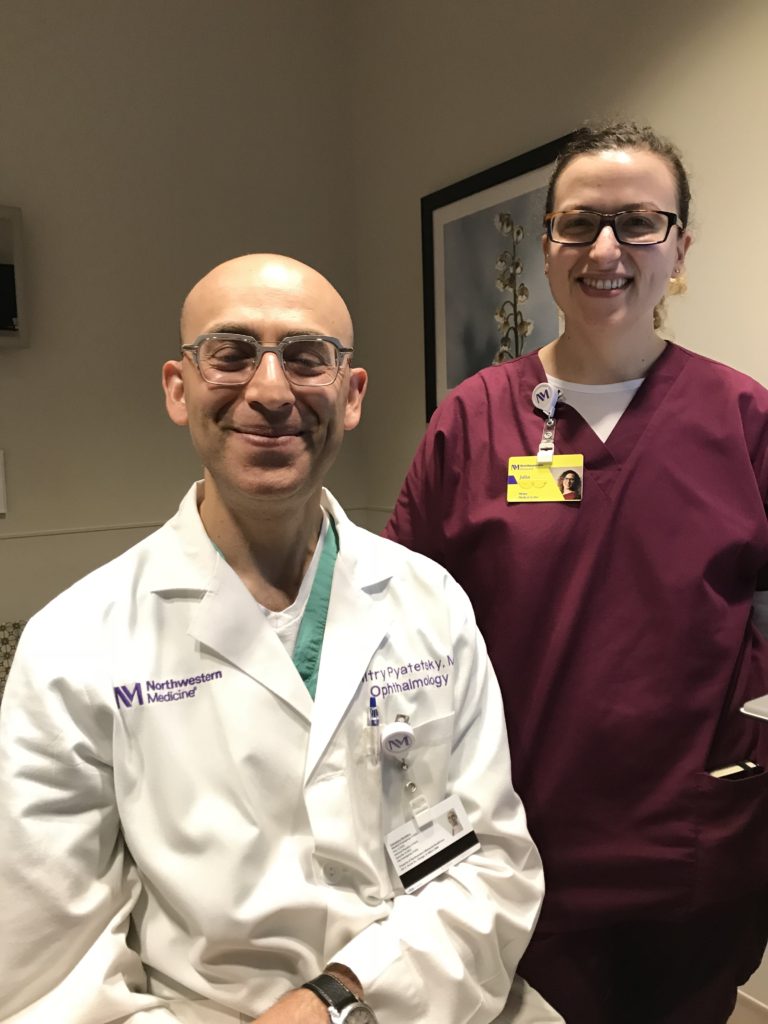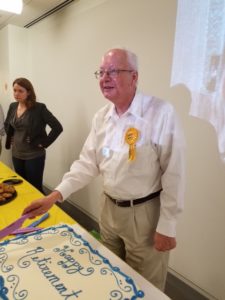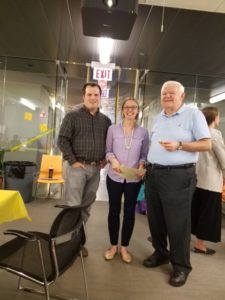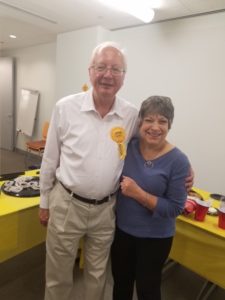Resilience has become almost a buzzword with regard to how communities handle adversity and disasters, albeit a very useful buzzword. It focuses our attention on how we can better prepare for and cope with such events. The question of the moment is how the concept of resilience applies to our response to coronavirus.
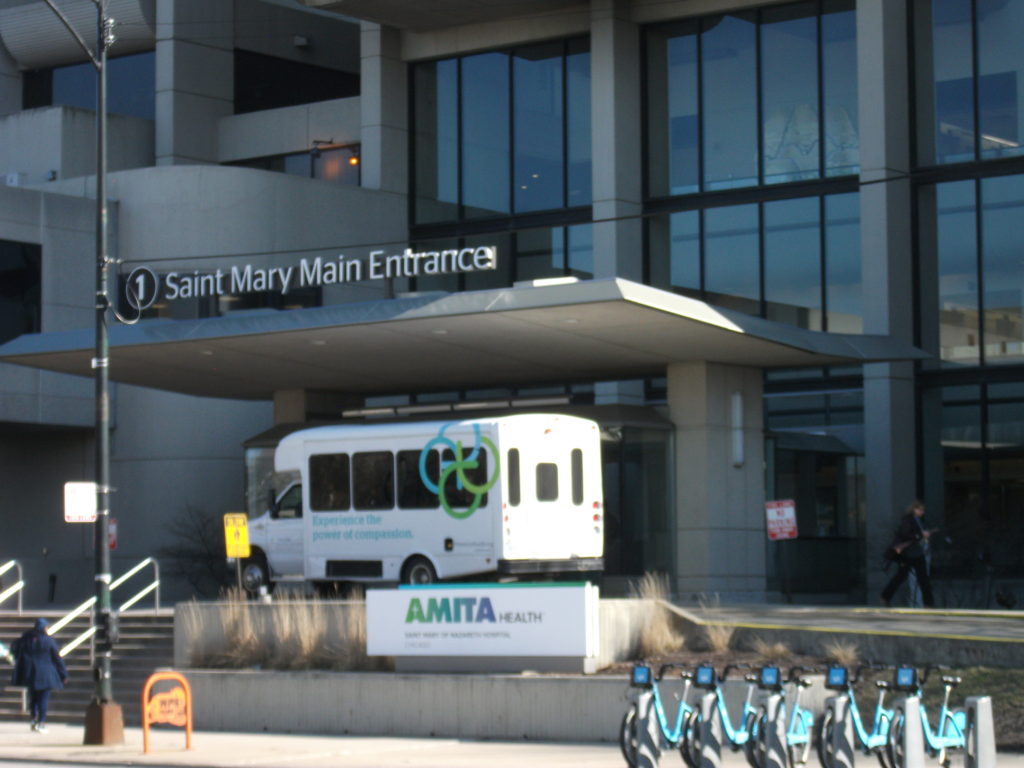
I am not and never have been a public health expert, though, as an urban planner and adjunct planning professor, I have often worked with such people. I say this because I want to be clear about the prism through which I am viewing the coronavirus pandemic as a public health disaster. What I bring to the task is decades of work, particularly as a research manager, in the subfield of hazards planning. I am known for deep expertise in hazard mitigation and planning for post-disaster recovery. In this article, I am reaching into that toolbox to help identify what we need to learn from the current crisis.
Specifically, part of what has become the standard approach to hazard mitigation planning is vulnerability analysis, the process of identifying what in plain English are weak links in the chain of community capabilities and capacities to manage and recover from a disaster. Every community, every nation has strengths and weaknesses built into its systems, which are really an ecosystem of economic, social, institutional, environmental, governmental, and other elements of the community that comprise the way the community functions in both sunny times and days of turmoil and dysfunction. How well can that community or nation restore itself, rebuild, adapt, and learn from its experiences? One of the most fundamental elements of success, for example, is trust in government and community leadership, something that is being tested right now in the U.S. That leadership can either greatly enable and empower or greatly hinder the capacity for effective response to, and planning for recovery from, a given disaster.
But my focus here is on what a vulnerability analysis of our response to COVID-19, the disease caused by the novel coronavirus, might include. I say “might” because I do not pretend that what follows is comprehensive. It is merely suggestive. A more comprehensive list would best emerge from a summit of leaders and experts when it is time to decide on the lessons learned from this disaster. For now, leaders are rightly focused on using existing authorities and capacities to control the spread of the disease.
The main point of a vulnerability assessment is to identify potential points of failure relative to the hazard under consideration. For instance, with hurricanes or floods, we would want to know what roads or bridges would collapse or become impassable. We would also want to know the locations of substandard housing that might suffer damage or destruction or endanger its occupants. There are dozens of other examples of potential points of failure that I could list here, but presumably, you get the idea.
With the novel coronavirus, we are dealing with an invisible hazard that inflicts suffering and death on people, not buildings or structures, and—most importantly—for which there is not yet an identified cure or vaccine. Most people do not die, and many suffer only mild symptoms, but the spread of the disease is of radical concern in part through the slow rollout of testing kits in the U.S., which exacerbates an existing inability to know precisely who is infected, especially since many people test positive who are asymptomatic, that is, not exhibiting clear symptoms of the disease. Vulnerability depends on various factors, most notably, but not exclusively, age. Respiratory and other existing conditions can elevate that vulnerability, while some older people may be tough enough physically to weather the assault. Thus, identifying and classifying real and potential victims is a business fraught with uncertainty.
Given all that, where are the weak links in our communities? Many can be readily identified from the more routine aspects of vulnerability assessments, starting with governmental capacity:
- To what extent has the city, state, or the federal government prepared and established capacity for anticipating the problem and quickly enabling the appropriate responses? It is perfectly logical to expect that greater capacity should exist at higher levels of government that have greater resources at their disposal.
- What is the level of political maturity among the electorate, and the political will for undertaking and enforcing difficult but necessary decisions in a crisis?
The biggest questions surrounding coronavirus seem to relate to institutional capacity, some of which can obviously be enhanced or supported through governmental capacity, for example, in procuring and distributing the personal protective equipment, ventilators, and temporary hospital beds needed by the regional “hot spots” for virus outbreaks, which at the moment include New York, but also a frightening spike in confirmed cases and deaths in the last few days in Louisiana, possibly tied to the huge crowds attending Mardi Gras in New Orleans. These have led to Gov. Jon Bel Edwards issuing a stay-in-place order similar to those in effect in California, Illinois, and New York. Among obvious questions in a vulnerability assessment going forward:
- What hospital capacity exists for treating large increases in numbers of patients in a future pandemic? This includes emergency room capacity, intensive care units, and other essential elements of the treatment process, as well as the ability to expand access to protective gear. It also involves the adequacy of skilled professionals to work with this increased patient load.
- What capacity exists to monitor, work with, and even thin the population of crowded jails and prisons, where social distancing is effectively an oxymoron, and the potential for rapid spread of disease can amount to a death sentence for those confined behind bars?
- What are the sanitary and patient care conditions in local nursing homes, and how effectively are they regulated? Nursing homes and similar facilities for elderly medical care have in some cases become virtual incubators for the spread of coronavirus, leading to situations where relatives can no longer visit.
Many of these questions also lead us to questions of economic vulnerability, which also pertain to social equity. Restaurants in states that have instituted closures of public places where people normally congregate in large numbers have laid off thousands, possibly millions of workers—the numbers change by the day—who often work for hourly wages and need every hour to pay the rent. Workers in the gig economy, the tourist economy, and the travel industry are all similarly vulnerable in varying ways. One result, even under normal circumstances, is that many of these workers, some of whom are also undocumented immigrants, are reluctant to take sick days because they have no paid sick leave. Often, they also have no paid health insurance, or cannot afford it.
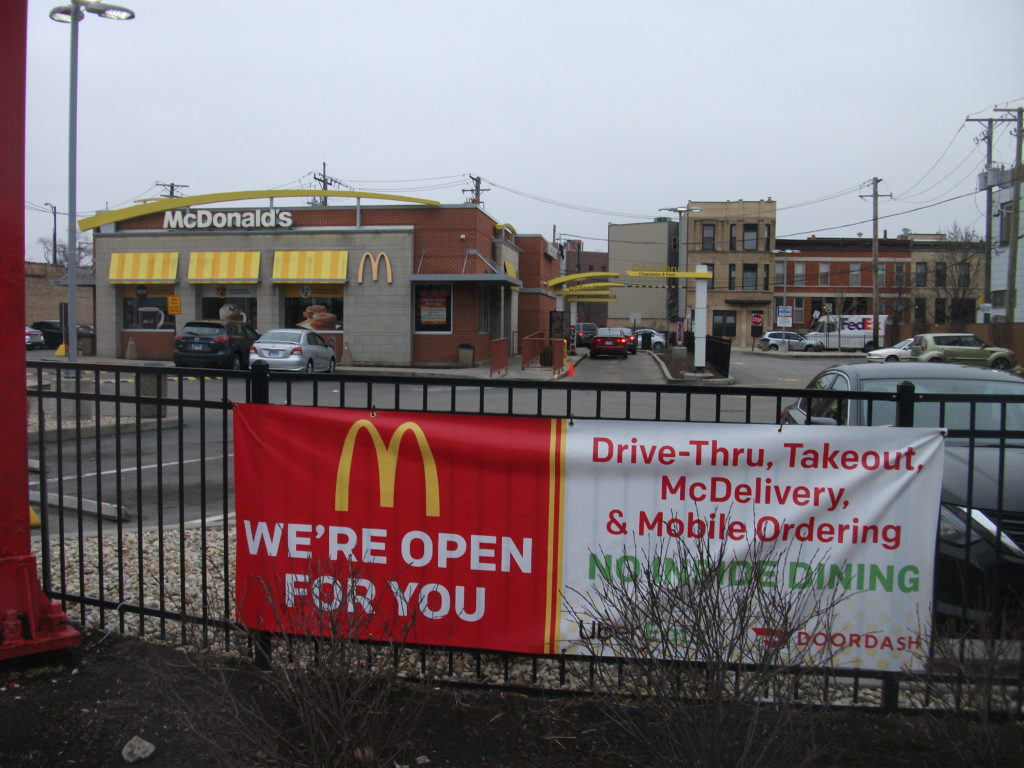
That, in itself, needs eventually to be recognized by the United States as a source of pandemic at worst, or a threat to public health, at best. Take, for example, the story of a McDonald’s worker who shared the news that he went to work ill, vomited when he ran to the restroom, but was afraid to call in sick because a missed paycheck was a threat to his economic security. How often does that happen, and how reassuring can it possibly be to customers who even think about the potential consequences? Is anyone attempting to gather data on this problem? A worker rights organization, Arise Chicago, has been fighting for better protection for workers on this front for several years, and won passage of a Cook County ordinance in 2016, but the battle continues. At the moment, these workers either are laid off because of restaurant closures, or are adapting to the temporary new world in which their employers can sell takeout, drive-out through, or delivery.
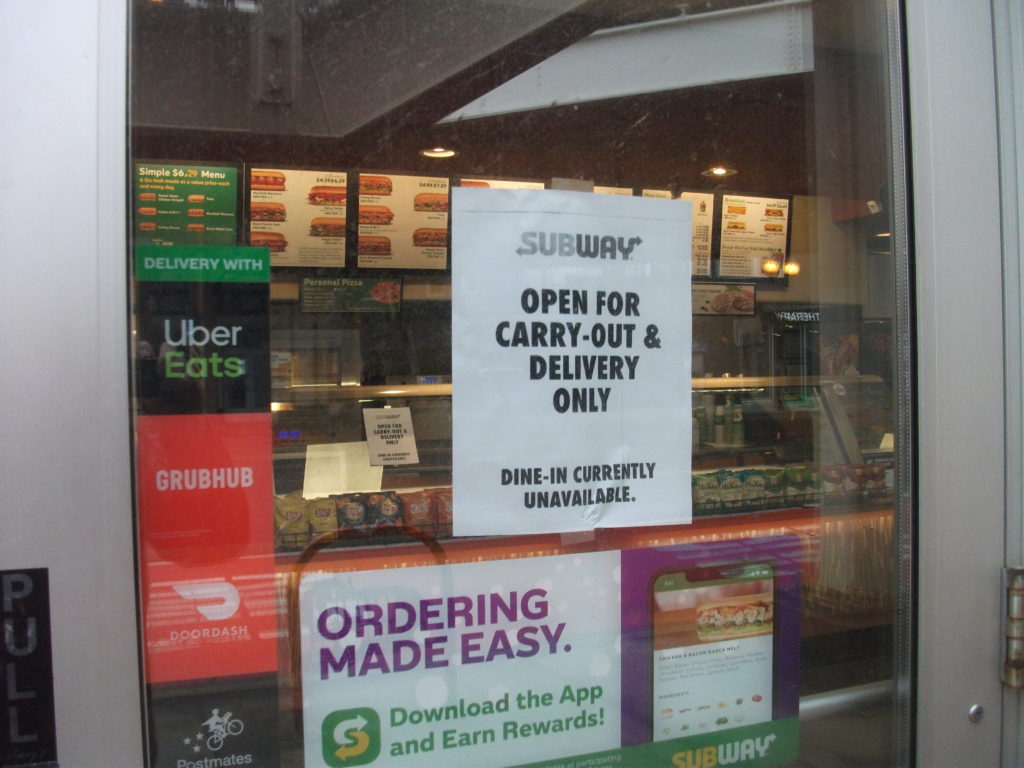
But whether it is hotel, restaurant, or transportation workers (such as taxi and Uber drivers), among others, the vulnerability lies in the harsh facts that drive them to show up for work despite illness because of their lack of paid sick leave or medical coverage. Nowhere in America can an honest vulnerability assessment of future pandemics ignore these socioeconomic imperatives. Economic facts drive health impacts, which in turn drive at least some of the questions surrounding health care capacity. In this sense, one can see how identifying all the weak links in the chain of vulnerability means recognizing the interrelationships between the various categories of vulnerability I listed initially.
This description of the process could go on for many more pages, but it may be more important to let the complexity and interdependence of it all inspire further thought. With that in mind, let me offer a few other items for consideration:
- Given the inability of some parts of the population to accept the necessity of temporary restrictions, how well prepared are we to control the wayward behavior of the few, even as the majority of our citizens show adequate consideration for others around them? What are we prepared to do about them?
- In the event of a lockdown, what are we prepared to do for victims of domestic abuse who are suddenly trapped inside their homes with abusive partners, parents, or relatives? Do we have institutional capacity to remove them to safer quarters and the ability to answer their calls for help? Sheltering in place is hardly likely to make an abuser more sympathetic.
- How well are we positioned to assist those suffering from mental illness, for whom isolation may increase propensity for depression and suicide?
- In what ways can we respond to the needs of homeless people, for whom the spread of a pandemic disease may increase due to proximity and unhealthy circumstances?
There are some very hopeful signs of creative thinking on these issues in local and state governments, if not in the White House. For example, the City of Chicago has reached agreement with several hotels to use hotel rooms as isolation rooms for victims of COVID-19, with the city paying for the capacity in advance. This relieves hospital capacity, to some degree, but it also provides some employment for hotel workers who would otherwise be idling at home because of the shutdown of the hospitality industry as both leisure travel and conventions grind to a halt. The workers will provide food in the kitchens and undertake other safe duties, while trained public health personnel deal directly with the quarantined patients. The hotels stay open, some workers stay employed, and some strain is removed from medical facilities. Some members of the Chicago City Council are now calling for the use of vacant public housing units for the same purposes.
Likewise, some otherwise closed YMCA facilities will begin accommodating the homeless while providing necessary social distancing. All of these are creative solutions that can emerge from identifying the weak links in the chain, and can provide cornerstones for sound planning for resilience in the face of future public health emergencies.
In short, let’s all keep our thinking caps on. We’re going to need them not just this time, but for the future as well.
Jim Schwab

